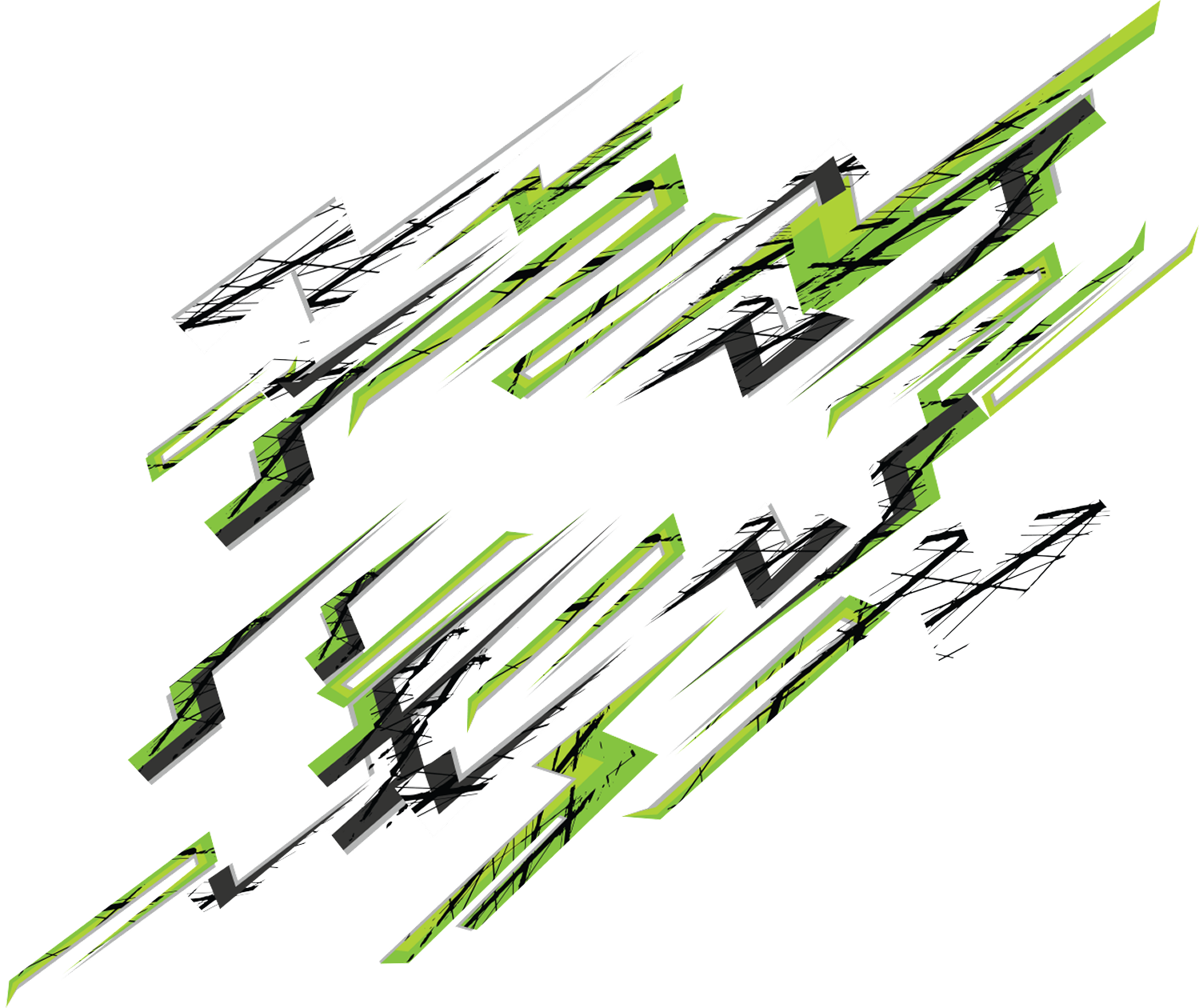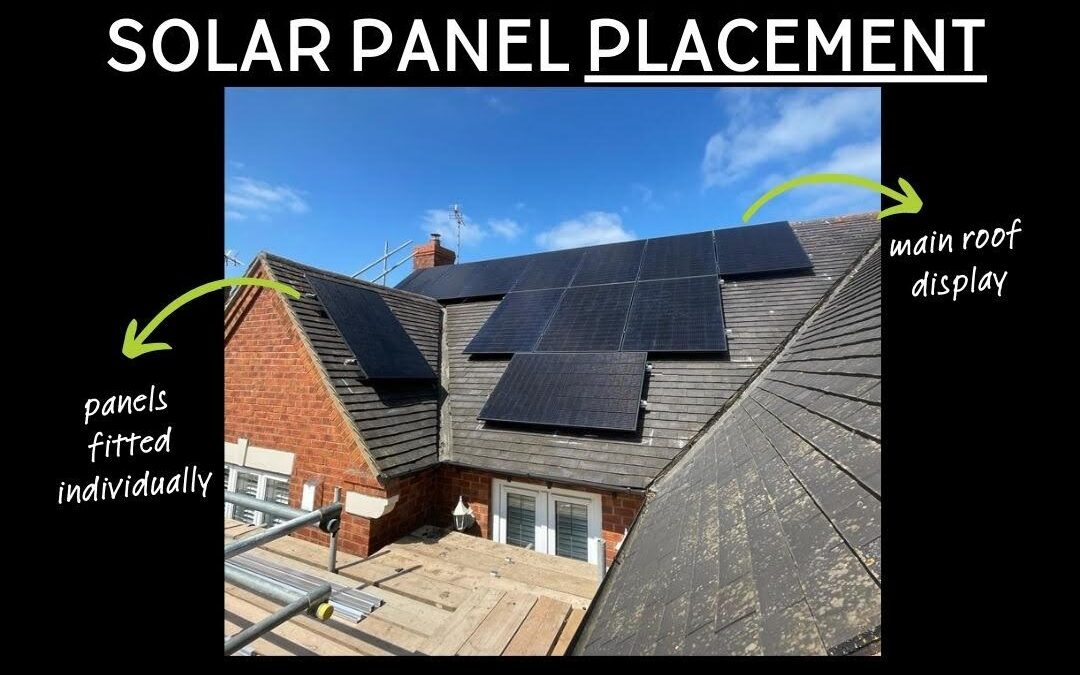


Solar panels are a great way to generate clean and renewable energy for your home or business. But how do you choose the best placement for your solar panels to get the most out of them? In this blog post, I will explain some of the factors that affect the performance of solar panels and how to optimize their orientation and angle in the UK.
Why does solar panel placement matter?
The placement of your solar panels matters because it determines how much sunlight they can capture and convert into electricity. The more sunlight your panels receive, the more power they produce and the more money you save on your energy bills.
The amount of sunlight that reaches your solar panels depends on several factors, such as:
- The direction they face
- The angle they are tilted at
- The location and climate of your area
- The time of the year and day
- The presence of any shading or obstructions
By choosing the best placement for your solar panels, you can maximize their exposure to the sun and increase their efficiency and output.
Which direction should solar panels face?
The direction that your solar panels face is also known as their azimuth angle. This is the angle between the north direction and the direction that your panels point to. For example, if your panels face directly south, their azimuth angle is 0 degrees. If they face east, their azimuth angle is 90 degrees.
The best direction for solar panels depends on which hemisphere you live in. In the northern hemisphere, solar panels should face south for best performance. In the southern hemisphere, they should face north. This is because the sun is always in the southern half of the sky in the northern hemisphere, and vice versa in the southern hemisphere.
Facing your panels south or north ensures that they receive direct sunlight for most of the day as the sun moves across the sky. However, this is not always possible due to the shape or orientation of your roof or other limitations. In that case, you can also consider east or west-facing panels, which can still produce a good amount of energy, especially in the morning or evening hours.
However, you should avoid north-facing panels in the northern hemisphere and south-facing panels in the southern hemisphere, as they receive very little direct sunlight throughout the year.
Which angle should solar panels be tilted at?
The angle that your solar panels are tilted at is also known as their elevation angle. This is the angle between the horizontal plane and the plane of your panels. For example, if your panels are flat on the ground, their elevation angle is 0 degrees. If they are vertical on a wall, their elevation angle is 90 degrees.
The best angle for solar panels depends on your latitude and the season. Latitude is the distance from the equator measured in degrees. For example, London has a latitude of 51 degrees north, while Sydney has a latitude of 34 degrees south.
The optimal elevation angle for solar panels is equal to your latitude during winter solstice, when the sun is at its lowest point in the sky. This ensures that your panels receive maximum sunlight during the shortest days of the year.
However, this angle may not be ideal for other seasons, when the sun is higher in the sky. Therefore, some experts recommend adjusting your elevation angle according to this formula:
Elevation angle = Latitude – 15 degrees in summer Elevation angle = Latitude + 15 degrees in winter Elevation angle = Latitude in spring and autumn
This way, you can optimize your solar panel output throughout the year by following the sun’s position.
However, this may not be feasible or practical for some installations, especially if your panels are fixed on your roof. In that case, you can use an average elevation angle that works well for most seasons. A good rule of thumb is to use an elevation angle equal to your latitude minus 10 degrees.
For example, if you live in London (latitude 51 degrees north), you can use an elevation angle of 41 degrees for your solar panels.
How to find out your optimal solar panel placement?
If you want to find out the best placement for your solar panels based on your location and roof characteristics, you can use online tools such as solar panel calculator UK or solar maps. These tools can help you estimate how much energy your solar panels can produce depending on their direction and angle.
You can also consult with professional solar installers who can assess your site and design a customized solar system that suits your needs and preferences.
Conclusion
Solar panel placement is an important factor that affects the performance and output of your solar PV system. By choosing the optimal direction and angle for your solar panels, you can maximize their exposure to sunlight and generate more clean and renewable energy for your home or business.
I hope this blog post has helped you understand some of the basics of solar panel placement and how to choose the best option for your situation. If you have any questions or comments, feel free to leave them below. I would love to hear from you!
Are you ready to invest in Solar Panels and convert to clean, renewable energy?
If you are a UK homeowner and interested in learning more about how much money you could save with a Solar PV System, contact our expert solar energy team today. We specialise in Solar Panel Installations Essex, but we also do installations across the south-east of the UK. By filling out our contact form, our team will provide you with a free no-obligation quote to install a bespoke solar PV system, catered to your personal energy needs. Call us on 01268 928 690 or click the button below to claim your free no-obligation quote and solar PV system design.


 Solar Panel Placement: How to ch...
Solar Panel Placement: How to ch...


